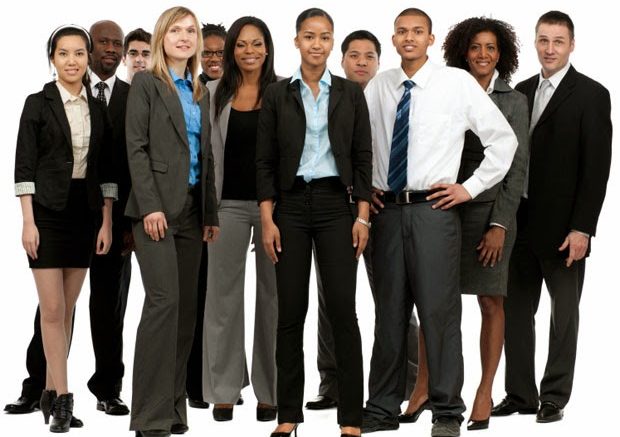The word “diversity” speaks for itself – but when it says “diversity at a workplace” we all know what it means. It gives the thought of the organization we work in does reflect the communities we serve. The many facets of diversity include ethnicity, gender, race, age, sexual orientation, and religious affiliation. Diversity isn’t something we can see or measure. At workplaces, it comes to the differentiation in educational background, cultural references, physical abilities, and experiences.
Inclusion at workplaces is when an individual in the organization is valued, respected, empowered, heard and have a sense of belonging. Having a diversified work culture strengthens the organization. But the modern workplace is facing diversity issues every day, although some may say it is as simple as meeting up with different kinds of people irrespective of the race and gender, it is much more than that.
The U.S. Equal Employment Opportunity Commission in 2012 received around 26,379 disability employment bias claims. While in 2011, they also received 45,000 or more complaints that were associated with racist discrimination.
Also, 48% of the mothers claimed that they were not given proper employment because they had children.
Workforce diversity is not about having different HR functions or human resource activities but it a part of the talent management system that enables to do what is right. But why? Here are certain reasons why diversity and inclusion is the right thing to do:
- Not being able to manage workforce diversity and inclusion might incur losses to organizations.
- Diversity and inclusion are the best examples to learn from others and grow.
- It is about creating equal opportunities for everyone.
A road-map towards how diversity and inclusion will impact organizations today – Whitepaper E3 – Workforce Diversity & Inclusion by TopCHRO.

Be the first to comment on "Diversity and Inclusion – Why it matters at the workplace?"